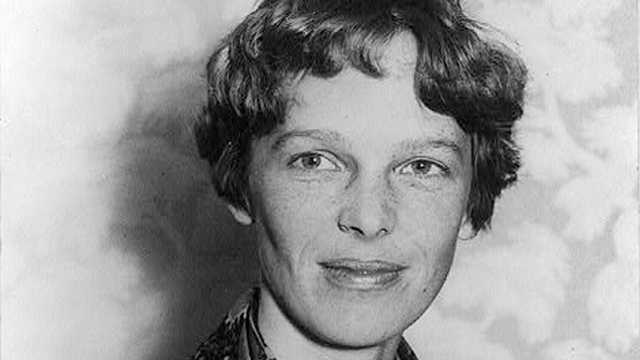On January 6, 1066, a significant event in British history took place: the crowning of Harold Godwinson, also known as Harold II, as King of England. This event marks the end of Anglo-Saxon rule in Britain as Harold II was the last Anglo-Saxon king before the Norman Conquest.
The Event in Detail:
Raised in one of the most powerful families in England, Harold Godwinson was the son of Earl Godwin of Wessex. Harold’s appointment to the throne followed the death of Edward the Confessor, who died without an heir on January 5, 1066. Despite there being several claimants for the throne, including Harald Hardrada of Norway and Duke William of Normandy, Harold was crowned king on the following day of Edward’s death, January 6.
Harold’s reign would ultimately be short-lived as he was killed in the Battle of Hastings later that year. His death marked the end of English sovereignty as the Norman Conquest, led by William the Conqueror, ensued. Thus, January 6, 1066, not only represents the start of Harold II’s reign but also symbolizes the waning days of English self-rule.
Interesting Facts:
1. Harold II was not only the last Anglo-Saxon King of England, but also he was the shortest reigning Anglo-Saxon king, ruling for just 10 months.
2. Harold’s death isn’t completely certain. One theory suggests he died from arrows at the Battle of Hastings- one particularly famous depiction shows him with an arrow in his eye! Others say he survived the battle and lived in disguise for many years.
3. Did you know? January 6th, in medieval times, was also celebrated as the feast of the Epiphany. Therefore, Harold’s crowning was associated with a significant religious event.
Conclusion:
The coronation of Harold II on January 6, 1066, was a defining moment in England’s history. It was the last gasp of the Anglo-Saxon rule before the Normans took over, ushering in a new era with profound changes in language, governance, and culture. As we reflect on this historic day, we are drawn to the importance of leadership, the role of power, succession, and the inescapable force of change.
References:
1. “Harold II.” Encyclopædia Britannica. Encyclopædia Britannica, Inc., 2020, www.britannica.com/biography/Harold-II.
2. Morillo, Stephen. “The Battle of Hastings: Sources and Interpretations.” Boydell & Brewer, 1996.
3. Szarmach, P. R., Moxon, S., & Wilhelm, T. (eds.). “Medieval England: An Encyclopedia.” London: Garland, 1998.







What do you think?
Show comments / Leave a comment